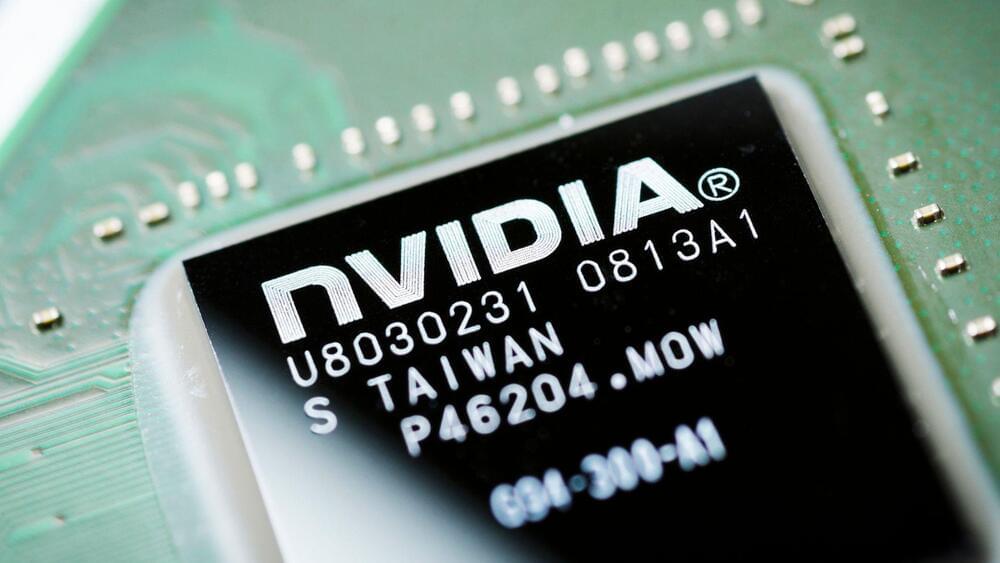Backlash on using AI to redub video game lines.
Naruto’s latest fighting game faces criticism for some questionable voiceover lines, leading to accusations of AI manipulation.
Naruto X Boruto: Ultimate Ninja Storm Connections is the newest brawler based on the hugely popular anime series (which itself adapts the hugely popular manga). Rather than purely adapting one part of the anime, however, Naruto X Boruto skims through almost the entire saga and adapts events already covered in previous games. But when comparing the new game’s dub to those previous entries, fans have been left confused.







